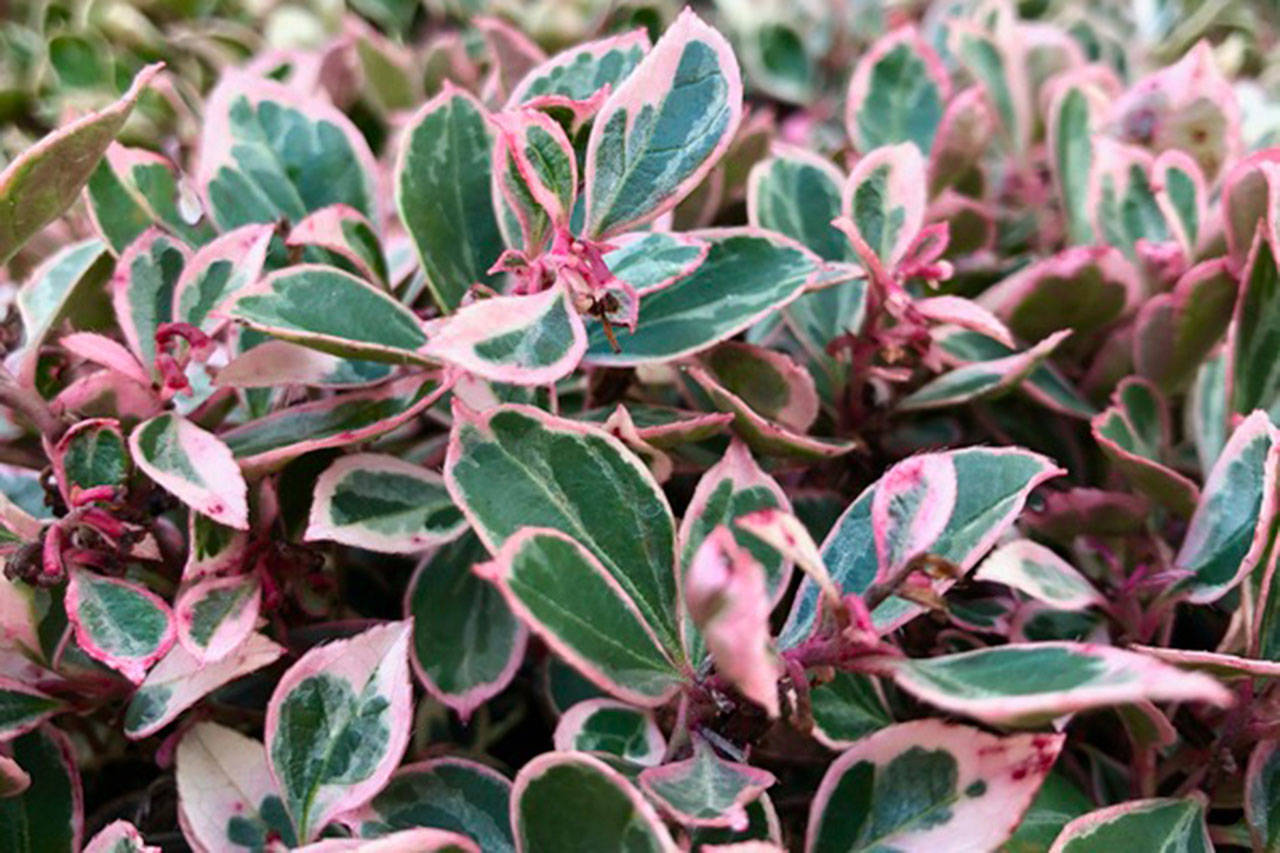By Steve Smith
Back in March I introduced you to several new plants for 2019.
There was a landscape rose called ‘At Last’ that sported some fragrance – something missing with past landscape/shrub roses. I also introduced you to a new hydrangea called ‘Summer Crush’, part of the Endless Summer series of repeat blooming hydrangeas.
With a few possible exceptions, most of the 2019 introductions are long gone and we will have to wait until next spring to discover what the breeders have in store for us for 2020. As a retailer however, we get a sneak preview
Here are a few new introductions for 2020 that are available this month. You can plant any of these shrubs or perennials now, and they should do just fine over the winter.
•Cotoneaster ‘Autumn Inferno’ — In spring it is covered with small white and pink flowers that will attract hummingbirds and other pollinators, followed by dark glossy green foliage all summer long. In fall, those leaves turn a brilliant orange to red and will rival any burning bush. In the winter the berries hang on until the birds eat them up, and then it all starts over again. Cotoneasters are very reliable and ‘Autumn Inferno’ is no exception. It will grow to about 5 feet by 5 feet and prefers full sun and good draining soil. You can either leave it natural or shear it into a nice and tidy hedge. If you have burning bushes and are unhappy with them, this plant is the perfect replacement.
•Sorbaria ‘Matcha Ball’ — This small shrub only gets up to 3 feet tall by 3- to 4-feet wide and sports finely divided fern-like foliage that can be pink to peach in early spring and then turns to a soft green, much like Matcha tea.
In the fall the plant turns an attractive yellow. ‘Matcha Ball’ prefers moist soil and full sun, but seems to tolerate a broad range of conditions. This is a dwarf form of its big brother ‘Sem’, which is also an attractive plant but tends to spread and colonize the garden, whereas Matcha Ball is better behaved.
All Sorbarias, when maintained properly, make good garden plants and the taller growing varieties also put out a white fluffy flower in summer that looks much like an astilbe.
•Salix ‘Iceberg Alley’ — This shrub is a willow with powdery silver leaves on a compact plant that only grows to 4- feet by 4-feet. The early spring catkins are also silver with red stamens and can be cut for arrangements. ‘Iceberg’ tolerates wet soils, prefers full sun and is hardy to minus 40 degrees.
•Gaultheria procumbens ‘Winter Splash’ — This is a new variation of our North American native wintergreen, a very low growing (2- to 3-inches is all) groundcover that thrives in filtered shade and soils rich in organic matter. The leaves and berries are edible and have that distinct wintergreen flavor.
‘Winter Splash’ is special because of the variegated foliage, which works well in winter container plantings as a seasonal accent. Shades of green, white, and pink blend together to make for an attractive plant.
Steve Smith is owner of Sunnyside Nursery in Marysville and can be reached at info@sunnysidenursery.net.


